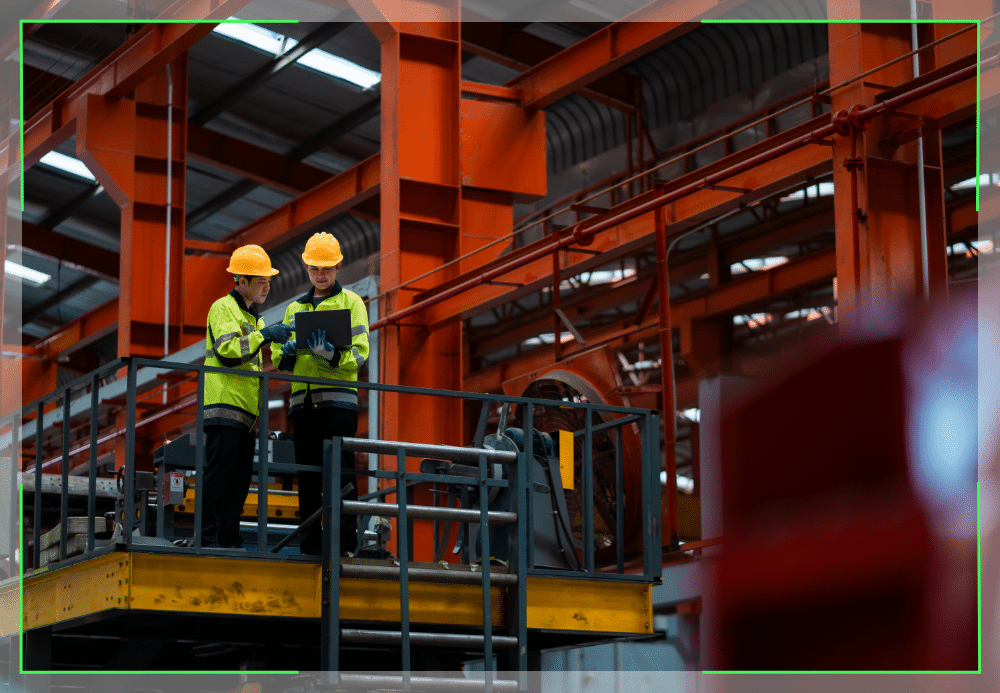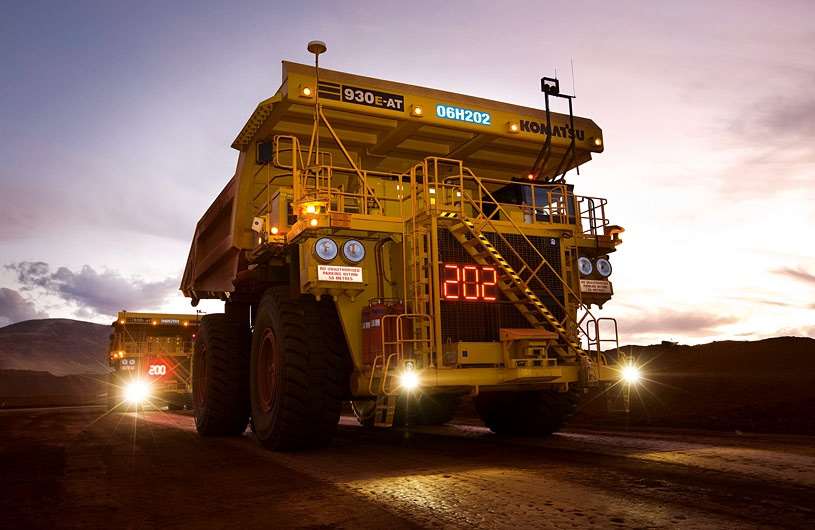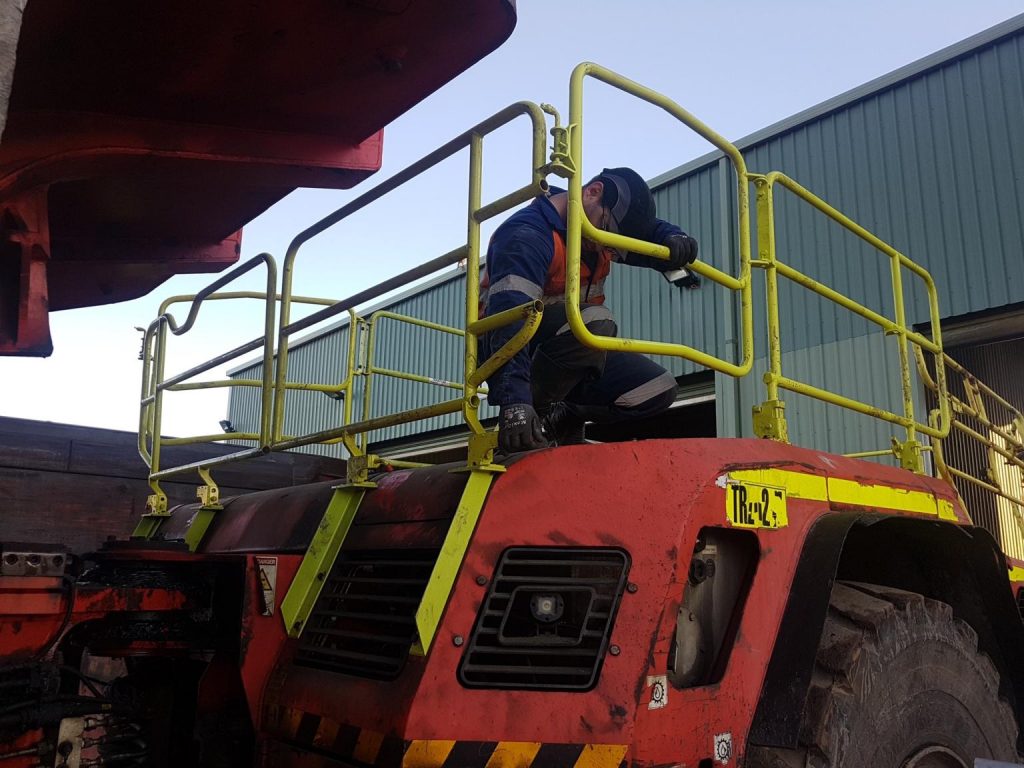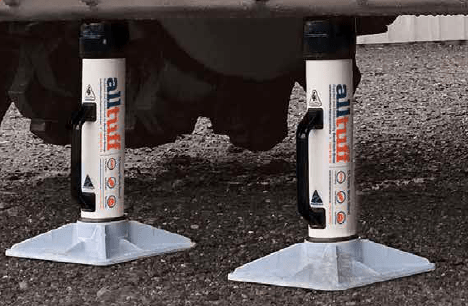Access platforms are designed to allow those who work at height to perform their duties in a safe environment. However, it is still important to follow industry best practices and government guidelines when working at height on such platforms: it is only by following established best practices that we can ensure the safety of all those working at height in Australia today. Ensuring safety while working at heights with access platforms is the topic of today’s blog post, written in consultation with our in-house specialists.
Working At Height: a Definition
In Australia, any task that requires someone to be 2 metres or more off the ground is classified as working at height. If you or someone you are responsible for is working at this height or greater, fall protection equipment must be employed, and adequate safety measures should be taken (in accordance with the Work Health and Safety Act 2011). This article is concerned with best working practices and safety measures for employees working at heights of 2 metres or more using access platforms.
Who Is Responsible?
If you are reading this article, it is quite likely that you are responsible for the safety of people working at heights on access platforms for your organisation. But who is responsible for their safety according to Australian law? Who will be required to explain themselves if adequate safety measures are not taken or the wrong equipment is issued to employees working at height? To answer this question, we must refer to the Model Work Health and Safety Bill, which states that there are several people responsible for the safety of workers at height.
- Person Conducting a Business or Undertaking (PCBU) – A PCBU may be an individual or a corporate entity and is ultimately responsible for the safety of all personnel at the workplace, including those working at height. However, in the event of an accident, a PCBU can be exonerated of blame if a supplier, officer or worker is found to be negligent (such conclusions can only be reached after extensive investigations have been completed of course).
- Suppliers of Equipment – The designers, manufacturers and distributors of equipment used at height, including access platforms, are responsible for ensuring that whatever they supply is fit for purpose and does not pose a danger to anyone. If a design or manufacturing defect is uncovered after an accident working at height occurs, the company or individual responsible for the defect could be liable for significant damages.
- Company Directors and Officers – Whether the PCBU is an individual (such as a sole trader) or a corporate entity, an officer of the company must be tasked with ensuring that all necessary safety measures are implemented. The officer must also ensure that all applicable laws are observed by those working at height and that everyone is issued with the necessary PPE. In the case of sole traders, the PCBU and company officer are often one and the same person.
- Workers at Height – Employees working at height have a duty of care to themselves and others. While they cannot be held responsible for the choices and actions of more senior employees, such as directors and officers, they must do whatever they can to eliminate risk when working at height. Most importantly, they must ensure that they never put co-workers at risk through negligent actions.
- Other People at the Workplace – All other people at the workplace, i.e. everyone who works there but does not work at height, are responsible for ensuring they do not put themselves at risk unnecessarily. They should also ensure that nothing they do while working on the site endangers colleagues who are working at height.
Everyone has differing levels of responsibility. For example: ‘other people at the workplace’ are only responsible for their own safety and for ensuring their actions do not endanger others. A PCBU, on the other hand, is responsible for everyone’s safety.
Implementing Safety Measures
The officer tasked with ensuring that the PCBU complies with the rules and regulations for working at height on access platforms in Australia should make sure the steps below are followed so that all necessary safety measures are implemented.
- Perform a Comprehensive Safety Inspection – Before safety measures are discussed, a full site inspection should be performed by a suitably qualified height safety engineer. The objective of this inspection is to identify all risks to personnel working at height. While certain risks are common to all sites, some are only encountered in specific environments, hence the need for a full inspection.
- Recommend Site-Specific Safety Measures – Having identified risks to those working at height, site-specific safety measures can be specified and implemented. Extra measures may be required on sites with unusually inclement weather or other challenging characteristics. The more experienced your height safety engineer is, the more easily he or she will be able to identify and mitigate site-specific risks quickly and effectively. For this reason, it is always worth paying a little extra to secure the services of the best engineer.
- Ensure Stable Foundation for Access Platforms – Most access platforms are designed strictly for even, firm terrain and should not be erected on any other type of surface. An important aim of the initial safety inspection is to confirm whether such a surface is present and to recommend a safe, practical alternative if it isn’t. This may be an alternative location for the platform or a different type of platform.
- Provide a Safe Entrance and Exit – Workers must be able to enter and exit a site without being exposed to unnecessary dangers. This includes not just the physical site exits/entrances but any hydraulic lifts or other equipment used to reach the access platform/s where work is being performed. This equipment should be included in the regular inspections mentioned further down.
- Issue Appropriate Fall Protection Equipment – All employees working at height must be issued with appropriate PPE. This will normally include a helmet and safety harness at a minimum, with karabiners, straps and other equipment issued as required. This equipment should also be included in regular inspections and replaced when necessary. Issuing workers with substandard PPE can be more dangerous than not issuing them with any at all in certain cases.
- Prepare a Safe Work Method Statement (SWMS) – Working at height is one of the 18 high-risk construction activities listed in Australian WHS Regulations, which means an SWMS must be completed before each job commences (unless it is considered as ‘work of a minor nature’). On jobs where multiple contractors are hired, it is the principal contractor who is responsible for ensuring an SWMS is prepared, whether by themselves or a suitably qualified subcontractor.
- Provide Suitable Training – Personnel working at height may already have received the necessary training and have years of experience, in which case, this step can be omitted. However, if this is not the case, suitable training must be provided for every employee who will be working at height on an access platform. A nationally recognised Work Safely at Heights (RIIWHS204E) course is appropriate for such employees.
- Inspect & Maintain Fall Protection Equipment Regularly – All safety equipment must be inspected every 6-12 months, as per Australian Standards.
When identifying risks and recommending safety measures for those working at height on access platforms, the hierarchy of control should be followed. This approach ensures the most effective safety measure is implemented to mitigate each risk.
Choosing Fall Protection Equipment
Fall protection requirements should be considered by the height safety engineer every time he or she performs a site inspection. The best type of fall protection system and PPE to use depends on the nature of each site and the work being performed, but some equipment is common to all sites:
- Barriers/Catch Platforms/Safety Nets – Some form of fall prevention system is mandated when using access platforms to work at height in Australia. It may consist of barriers, catch platforms, safety nets or a combination of these safety devices.
- Helmet, Safety Harness, Pole Straps Etc. – PPE issued to workers on access platforms should include a safety harness and helmet. It may also include pole straps, karabiners and other equipment, depending on the site in question.
When designing and specifying a custom fall prevention system, government guidelines for the selection, use and maintenance of such must be followed, as outlined in section 4 of AS 1891.4:2009. If no employees have the necessary expertise for this job, an outside specialist should be consulted.
Selecting Access Platforms
When specifying and implementing safety measures for employees working at height on access platforms, it’s crucial to start with a firm foundation, i.e. a high-quality access platform. If you need a precision-manufactured access platform that is designed to meet your specific requirements and conforms to Australian Standards, we invite you to get in touch with us here at Bend Tech Group. We have a comprehensive range of aluminium access platforms, all of which can be customised for specific applications.








About The Author: Highjumpdev
More posts by Highjumpdev